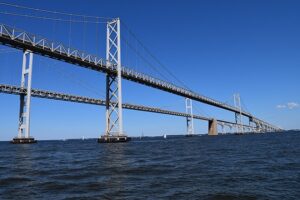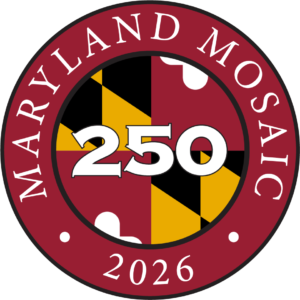Thurgood Marshall (1908-1993) becomes Maryland’s most famous lawyer. Born and raised in Baltimore, Marshall is trained to be a legal “social engineer” at Howard University Law School. He begins fighting for civil rights at the height of the Jim Crow era. Rejected earlier from the University of Maryland because of his race, Marshall brings a case against the Law School in 1935 to “get even with the bastards.” He wins the case when the Maryland Court of Appeals affirms the right of African American students to be enrolled with white students.
Two decades later in 1954 he wins his most important case, Brown vs. the Board of Education. The U.S. Supreme Court hands down a unanimous decision that “in the field of public education the doctrine of separate but equal (Plessy vs Ferguson 1896) has no place.”
On June 13, 1967 President Lyndon Johnson nominates Thurgood Marshall to the U.S. Supreme Court, declaring that “I believe that it is the right thing to do, the right time to do it, the right man and the right place.” Marshall becomes the first African American on the Court, serving for 24 years.






